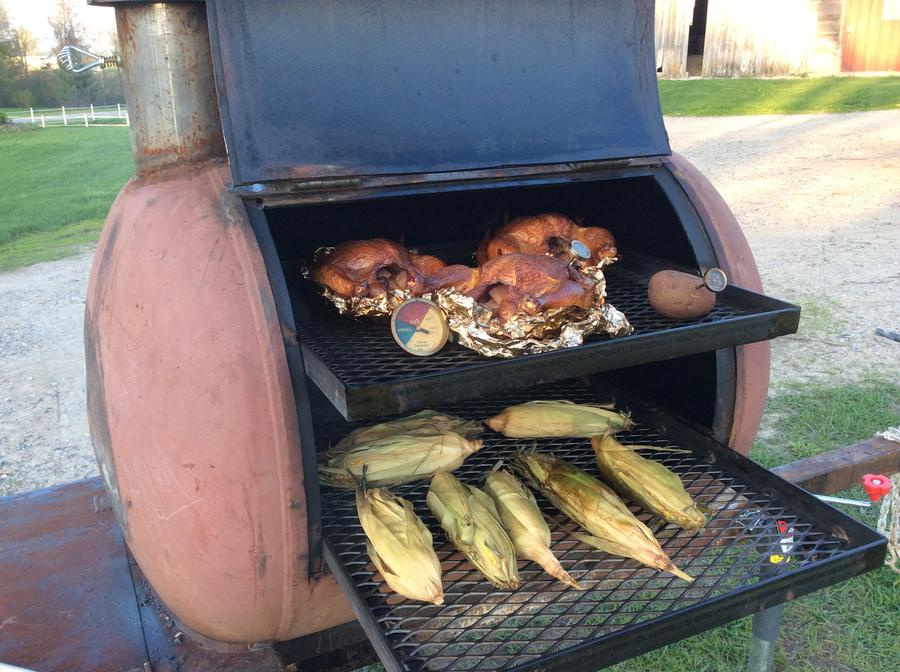- May 1, 2014
- 10
- 10
My self and a friend are building my first smoker and have been reading a lot of posts on the design issues. I am thankful for all of the free information out there, it has been helpful. I do have one question. My friend tells me of a method of keeping the rain water out of your cooking chamber. It is having the smaller pipe coming out with a second pipe with a larger diameter lapping the primary with room between the two. The theory is rain never falls straight down. With the secondary pipe above the initial chimney pipe being wider than the lower,the rain hits it and tracks down to the outside of the chimney. He used to work in industrial fabrication and says this is how all the factories do their chimneys. However he hasn't been able to locate the equations for figuring out lengths by diameters. Has anyone out there seen this and the equations. Thanks again for all the great info,,,, Keep calm and smoke on












